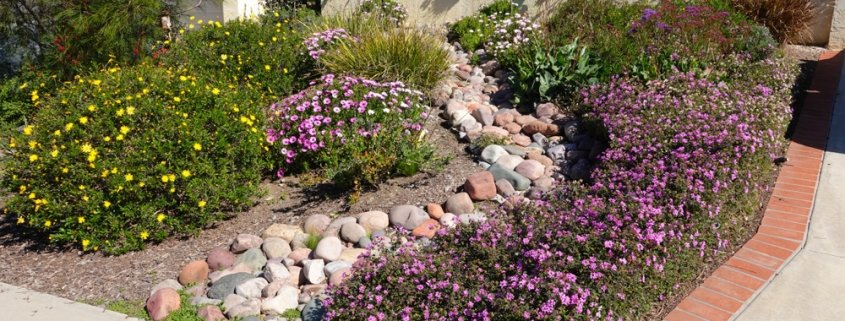Homeowners Can Preserve and Create Wildlife Sanctuaries Right in Their Own Backyards
The New Conservation Movement: Home Wildlife Sanctuaries
I’ve been reading “Nature’s Best Hope” by Doug Tallamy. Doug Tallamy is an award-winning author and professor at the University of Delaware. There, he also serves as the chair of the Department of Entomology and Wildlife Ecology. Tallamy specializes in studying the way insects, plants and ecosystems interact. Over the years, he has discovered that insects are essentially “host plant specialists.” This means that they have evolved to block the chemical defenses of certain plant species.
In “Nature’s Best Hope” Tallamy describes, very succinctly, how native plants support greater insect populations than adapted or exotic plants do, how these insects support bird populations and how supporting this interdependence is beneficial to the ecosystem and to humans. He also shows how homeowners can create conservation corridors that provide wildlife habitats by planting more native plants in their yards, no government policy required!
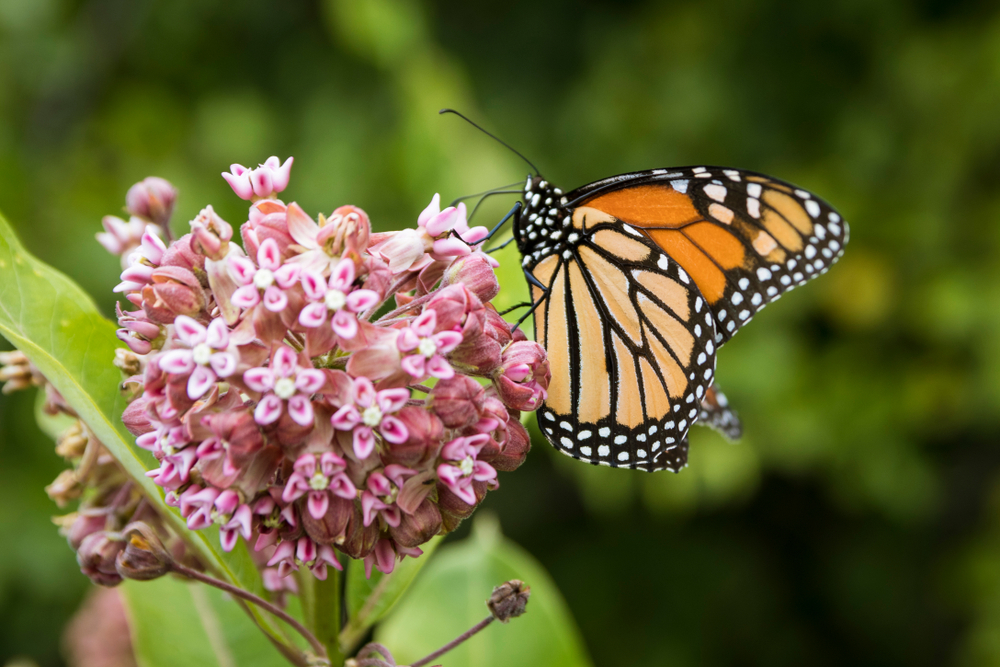
The relationship between monarch butterflies and milkweed is a good illustration of this interdependence. Not many insects can eat milkweed but monarchs have developed a unique ability to disarm the chemical that makes milkweed unpalatable to other insects. Indeed, the monarch eats and reproduces on this plant. While we have developed increasing amounts of land with an unwillingness to include milkweed in our landscapes, monarch populations have decreased by 96 percent! If milkweed disappears, so will the monarchs.
Why is this important? Monarchs are not exceptions in this symbiotic relationship with plants. According to Tallamy, this is typical of 90 percent of the insects that eat plants. In a study conducted in areas near the University of Delaware, Tallamy’s students counted and weighed caterpillars from four novel ecosystems, habitats with largely invasive plant species, and four primarily native sites of similar size. Even with more biomass in the invaded landscapes, there were 68 percent fewer caterpillar species, 91 percent fewer caterpillars and 96 percent less caterpillar biomass. The lack of native plants diminishes the entire ecosystem as the birds that eat bugs nest and reproduce where food is available and, as we see, there is much more food available in native landscapes.
Urban sprawl has had a devastating impact on biodiversity. As the human population grows and expands, development and agricultural land encroachment increases. According to Tallamy, only 5% of land in the U.S. is considered pristine. While natural parks and federally protected land are both helpful, their existence alone is not enough to combat this issue. Homeowners, he argues, have a unique opportunity to make a difference by creating wildlife sanctuaries right in their own backyards.
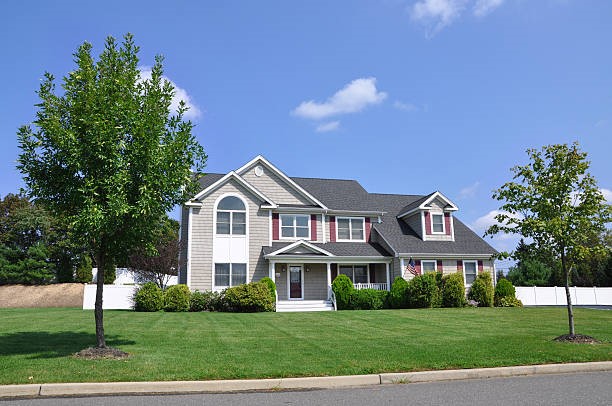
Turfgrass has replaced native plant communities across the country in more than 40 million acres (Milesi et al. 2005). It’s very likely that 80% of one’s property is turf and, of the remaining plantings, only a small fraction are natives, if any. Adding native plants will bring butterflies and birds to add to your enjoyment while also contributing to restoring conservation corridors for both.
Many people think that it takes a lot of money and dedication to preserve wildlife sanctuaries. However, you don’t have to be a millionaire to help. This new conservation movement that Doug Tallamy proposes aims to transform this mindset. From his perspective, the preservation of wildlife sanctuaries is something we can all participate in.
Choose the Right Plants for Your Garden
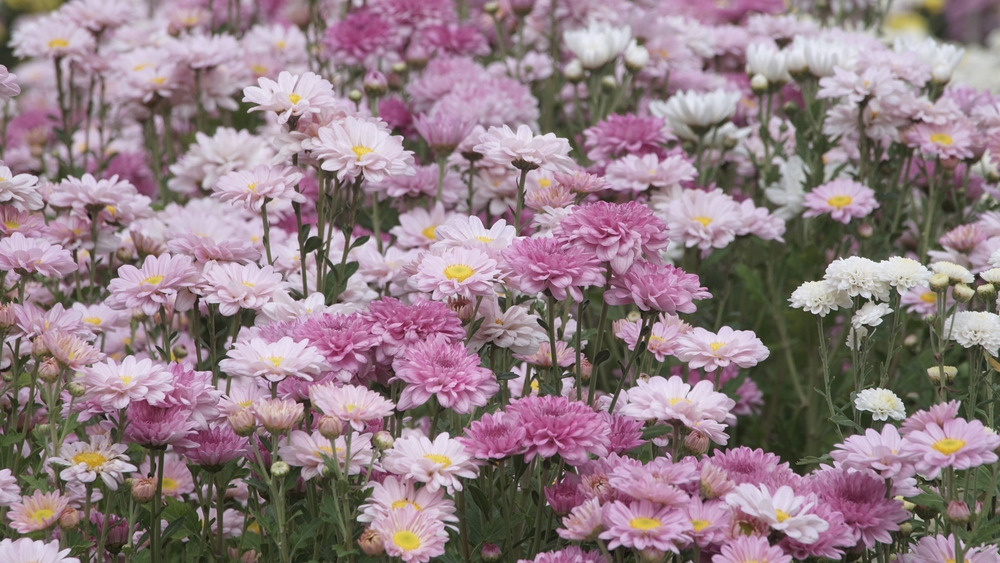
If you want to contribute to conservation efforts, you can start by examining your backyard or the landscape of your business. Use local resources and plant-identifying apps to see what trees and plants are growing there. Are they native to the area? Next, take stock of the soil around your home. Is the ground layer made of mulch, or is it rich with natural sources? Does your backyard landscape incorporate multiple layers like canopies and shrubs?
You may be wondering why these factors are so important. Essentially, it all comes down to diversity and native species. The most important thing you can do is to learn about native and non-native plants. A native plant has evolved as a part of the local food web. Therefore, it shares an innate evolutionary history with other plants and organisms in the area.
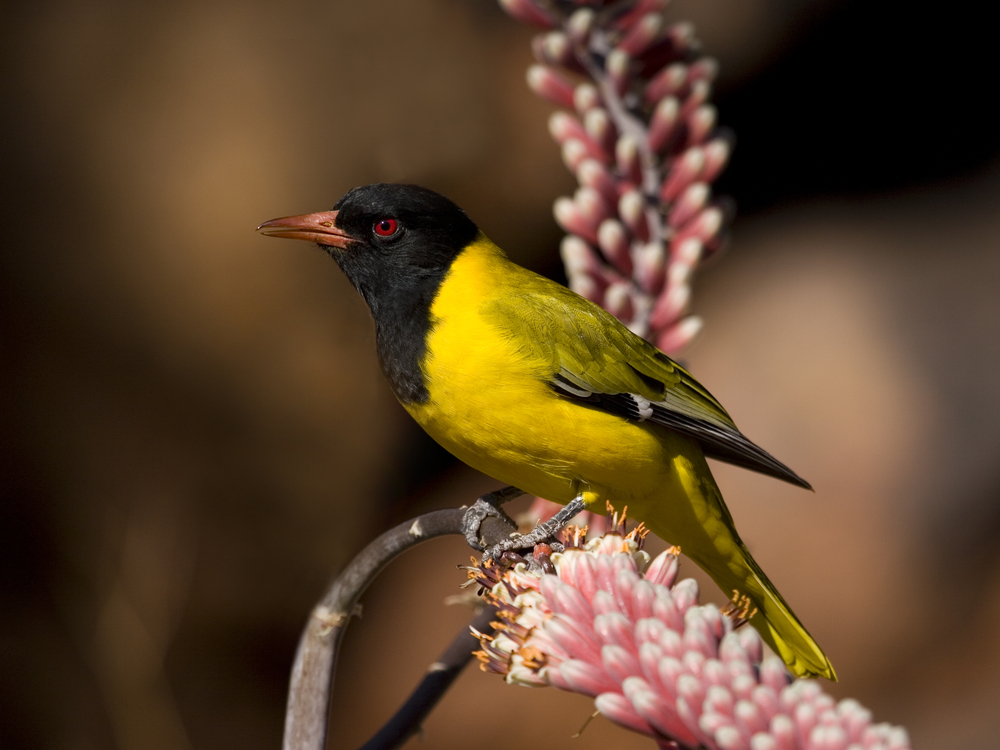
Alien plants, on the other hand, are usually added to gardens solely for aesthetic purposes. These plants tend to leech into other natural areas and invade the local environment. Insects and animals have evolved to interact with native species they’re familiar with. With non-natives, this isn’t the case. In their natural ecosystems, insects recycle nutrients and pollenate plants successfully. Other creatures then depend on these plants to eat and survive. As a result of this process, humans are able to thrive. Our existence depends on this system.
If this sounds like a complex issue, you’re right. However, a small amount of effort can make a major impact. Choosing more native plants in your garden is easy to do, and it doesn’t have to be a large-scale project. For instance, planting just one tree can increase biodiversity for generations to come. Tallamy recommends having mostly native plant species and there are many beautiful ones from which to choose.
Participate by Teaching Others
When one person makes a change, it inspires others to act. After making your backyard more diverse and eco-friendlier, share what you learned. Many homeowners are interested in conservation efforts in their communities. However, they don’t often believe they have a role to play themselves. Additionally, they don’t know why native plants are so essential. Speak to your neighbors and open up a dialogue. Let others know how easy it is to make a positive difference, and you’ll empower them to do the same. Wildlife sanctuaries can begin at home, and anyone can create them.
Doo Consulting is a sustainability consulting firm with offices in Baltimore and San Diego. Contact us if we can support you in your conservation efforts for your building or in your community.

